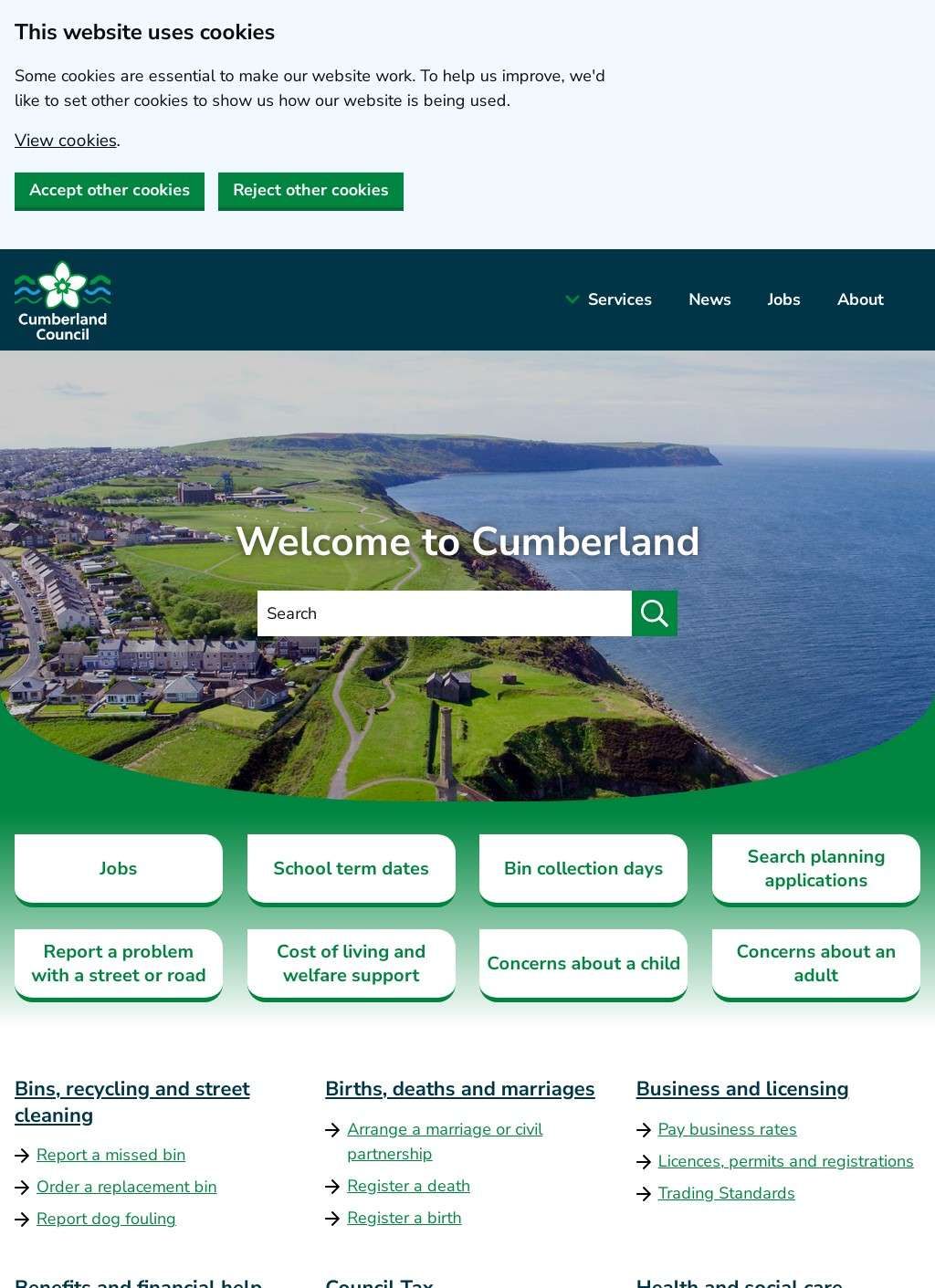Cumberland Council emerged in 2023 as a fresh start for local governance in northwestern England, consolidating the former districts of Allerdale, Carlisle, and Copeland into a single unitary authority. This reorganization represents the most significant change to Cumbrian local government since 1974, creating a streamlined structure that serves over 276,000 residents across 3,012 square kilometers of diverse landscapes from coastal towns to rural valleys.
The council's formation came about through local government restructuring that saw the dissolution of Cumbria County Council and the creation of two new unitary authorities – Cumberland and Westmorland and Furness. For Cumberland residents, this meant a shift from a two-tier system to a single council handling everything from bin collections to strategic planning. The transition, while complex, aimed to simplify service delivery and reduce bureaucratic overlap that had characterized the previous arrangements.
Operating from multiple sites inherited from predecessor authorities, Cumberland Council maintains its official headquarters at Cumbria House in Carlisle, though full council meetings take place at the Civic Centre. This distributed approach reflects the geographic reality of serving such a large area – keeping offices in Workington's Allerdale House and Whitehaven's Copeland Centre ensures local accessibility. The council's digital presence through its website serves as the primary interface for many residents, offering access to services ranging from council tax payments to planning applications, though the platform continues evolving as systems from multiple legacy councils merge.
The political landscape of Cumberland Council reflects the region's diverse communities and priorities. Under Labour majority control since its inception, the council operates through a cabinet system with 46 elected councillors representing wards across the area. These representatives face the challenge of balancing urban needs in Carlisle with rural concerns from isolated farming communities, coastal priorities in places like Whitehaven and Maryport, and the unique requirements of market towns scattered throughout the region.
Service delivery presents particular challenges given Cumberland's geography. The council manages an extensive road network that includes everything from major routes like the A595 coastal road to remote fell passes that become impassable in winter. Waste collection routes must navigate narrow village streets and isolated farmsteads, while social services teams cover vast distances to reach vulnerable residents. School transport alone requires careful coordination, with some pupils traveling significant distances to their nearest secondary school.
Economic development forms a crucial part of the council's remit, particularly given Cumberland's mixed economy. The area encompasses the Sellafield nuclear site, one of Europe's most complex industrial facilities, alongside traditional agriculture, growing tourism sectors, and efforts to attract digital businesses. The council must balance these sometimes competing interests while addressing challenges like rural depopulation, youth retention, and the need for affordable housing in communities where second homes and holiday lets inflate property prices.
Environmental concerns sit high on Cumberland Council's agenda, reflecting both local priorities and global imperatives. The area includes part of the Lake District National Park, Areas of Outstanding Natural Beauty, and significant stretches of coastline, all requiring careful stewardship. Climate change presents immediate challenges, from increased flooding risk in valleys and coastal areas to the need for carbon reduction across council operations. The authority has committed to ambitious environmental targets while recognizing the practical difficulties of implementing green policies across such a geographically dispersed area.
The council's relationship with town and parish councils remains vital for maintaining local democracy. With 168 parish councils across Cumberland, these smaller bodies provide grassroots governance and local knowledge that helps inform district-wide decisions. Regular liaison meetings, shared service agreements, and delegation of certain functions to parish level help maintain community connection despite the larger unitary structure.
Financial pressures dominate strategic planning, as Cumberland Council inherits both assets and liabilities from its predecessor authorities. The challenge of harmonizing different council tax levels, service standards, and contractual arrangements while facing ongoing budget constraints requires careful management. Rural service delivery costs significantly more per capita than urban provision, yet the council must ensure equity across all communities. Tourism brings seasonal revenue but also infrastructure pressures, particularly in honeypot locations.
Digital transformation represents both an opportunity and a challenge for Cumberland Council. While online service delivery can improve efficiency and accessibility, significant parts of the region suffer from poor broadband connectivity. The council must balance digital-first approaches with maintaining traditional access routes for residents unable or unwilling to engage online. Investment in digital infrastructure becomes a priority not just for council services but for broader economic development.
Looking ahead, Cumberland Council faces several defining challenges. The legacy of historic industries, from coal mining to steel production, requires ongoing environmental remediation and economic regeneration. An aging population increases demand for adult social care while the working-age population declines. Infrastructure needs major investment, from flood defenses to road improvements, while funding remains constrained. Yet opportunities exist too – in renewable energy development along the coast, in sustainable tourism throughout the region, and in building on Cumberland's distinct identity and stunning natural assets.
For residents, Cumberland Council represents the most immediate face of democratic governance, responsible for services that shape daily life. From maintaining the roads they travel to educating their children, from processing planning applications to providing social care, the council's work touches every aspect of community life. Its website serves as a digital town hall, constantly evolving to meet changing needs while the council itself adapts to its new structure and responsibilities. The success of this new authority will ultimately be measured not in organizational efficiency but in whether Cumberland's communities thrive under its stewardship.
